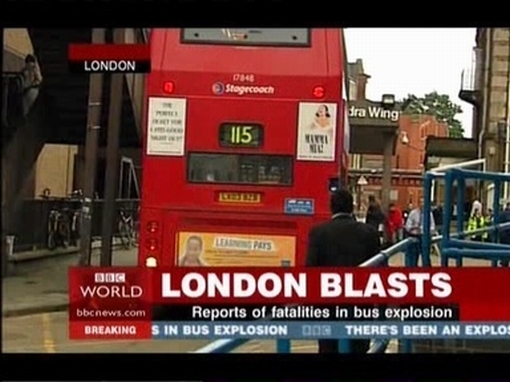traumaluv2011
Forum Lieutenant
- 203
- 1
- 0
I'm sure you might have seen one of these (either in bus form or box truck form). This is our county mass casualty bus that I think fits 12 patients. It's coming to our building on Wednesday for a demonstration for a few squads nearby. Anybody have any actual experience with one of these?
Here is the one I'm talking about:
http://sartinservices.com/sartin_services_news/news/

If you click that link and scroll all the way down, there are pictures from a mass casualty drill
Here is the one I'm talking about:
http://sartinservices.com/sartin_services_news/news/

If you click that link and scroll all the way down, there are pictures from a mass casualty drill
Last edited by a moderator:




